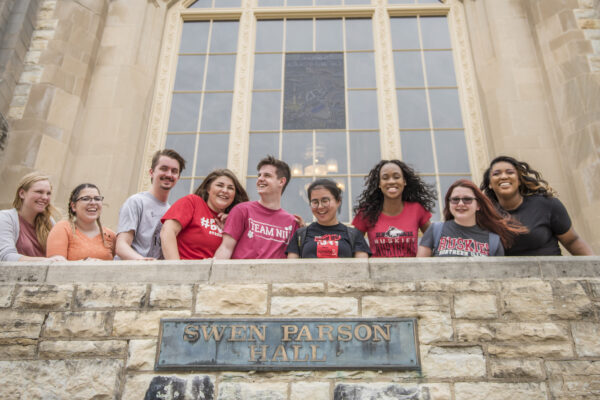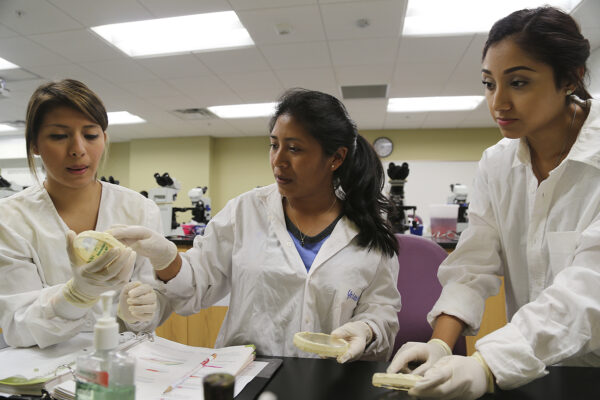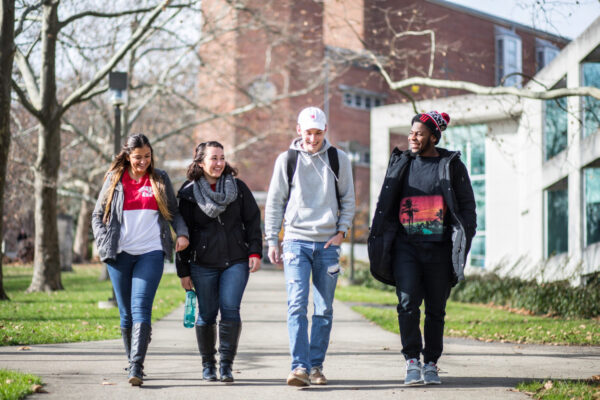Predictive Analytics: If You Build It, Will Students Succeed?
Predictive analytics has made it on the list of “must haves” for many college and university leaders in recent years. Often underpinned by principles of behavioral economics, and more specifically, choice architecture, predictive analytics can be a key tool in helping students succeed. Success stories, like those at the Tennessee Board of Regents and Georgia State University illustrate just how early-alert systems, navigation systems and other customization technologies are mutually beneficial to students and institutions.
Such was the focus of the recent report Predictive Analytics in Higher Education: Five Guiding Practices for Ethical Use, authored by Manuela Ekowo and Iris Palmer of New America.
Ekowo and Palmer rightly point out how using predictive analytics could go wrong if left unchecked and improperly contextualized. Without careful use, predictive analytics can reinforce biases in education outcomes, remove human choice, and dilute the quality of teaching, learning and advising.
To help avoid these unintended consequences, the authors recommend the use of sound principles of implementation. Having a vision and plan for data use; building out the use infrastructure; embedding strong principles of data governance, stewardship, and privacy; and carefully designing models to avoid bias are all important parts of designing a useful analytics platform.
As Matt Reed points out, it’s often what happens after the initial design that matters most. Without careful attention to a cycle of continuous improvement, and unless the cultural and political tensions surrounding the ownership and governance of data are addressed, the best laid analytics plans often go awry. Embedding a data-informed analytics culture across the organization is a crucial element to getting the most from using data and analytics.
If you have any questions or comments about this blog post, please contact us.


